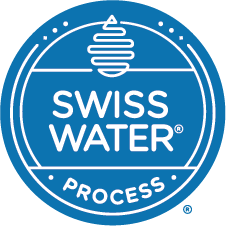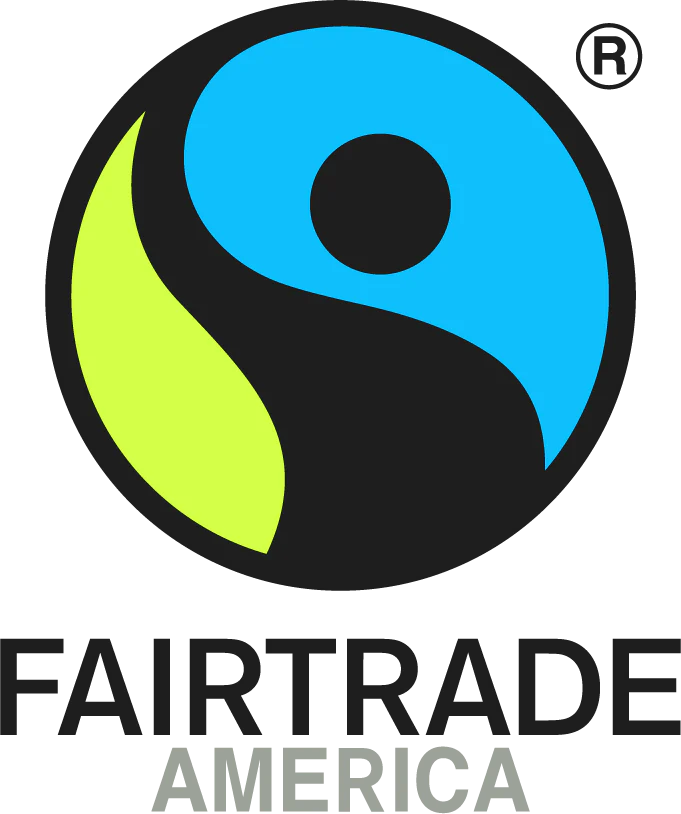Fairtrade® Swiss Water® Process - Peru Decaf
- Lemon
- Herbs
- Chocolate
- Balanced cup
Click Here For Coffee / Farm Notes
A smooth-body, medium acidity, medium-roast single-origin Fairtrade® Certified Peruvian coffee with flavor notes of lemon, herbs, and chocolate.
Fairtrade® Swiss Water® Process Peru decaf is our go-to event coffee for its well-rounded nature.
This coffee is grown and processed using sustainable practices.
Our decaf is made using the Swiss Water® Process, a chemical-free method using only time, temperature, water, and coffee to remove 99.9% of caffeine from the bean. This gentle process allows a coffee’s unique characteristics to shine through without leaving any chemical residue. We wouldn’t have it any other way!
Region: Amazonas
Altitude: 1,600m - 1,800m (SHG - Strictly High Grown)
Process: Washed
Farm Notes:
Located in northern Peru in the Amazonian Andes, this co-op began with just 35 small farmers in 2003. The Asociacion de Productores Cafetaleros Juan Marco El Palto (JUMARP) is also known as simply "El Palto." There are 40 women of the current 189 co-op members, with approximately 550 hectares of organic and Fairtrade Certified coffee in production. Like their male counterparts, female members are represented on the El Palto Co-op Board of Directors, whose mission it is to increase production and profitability in specialty coffee to increase each member family’s income.
Please see our FAQ Page for your crash-course coffee education.













